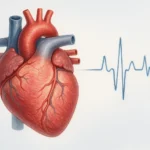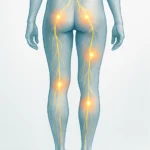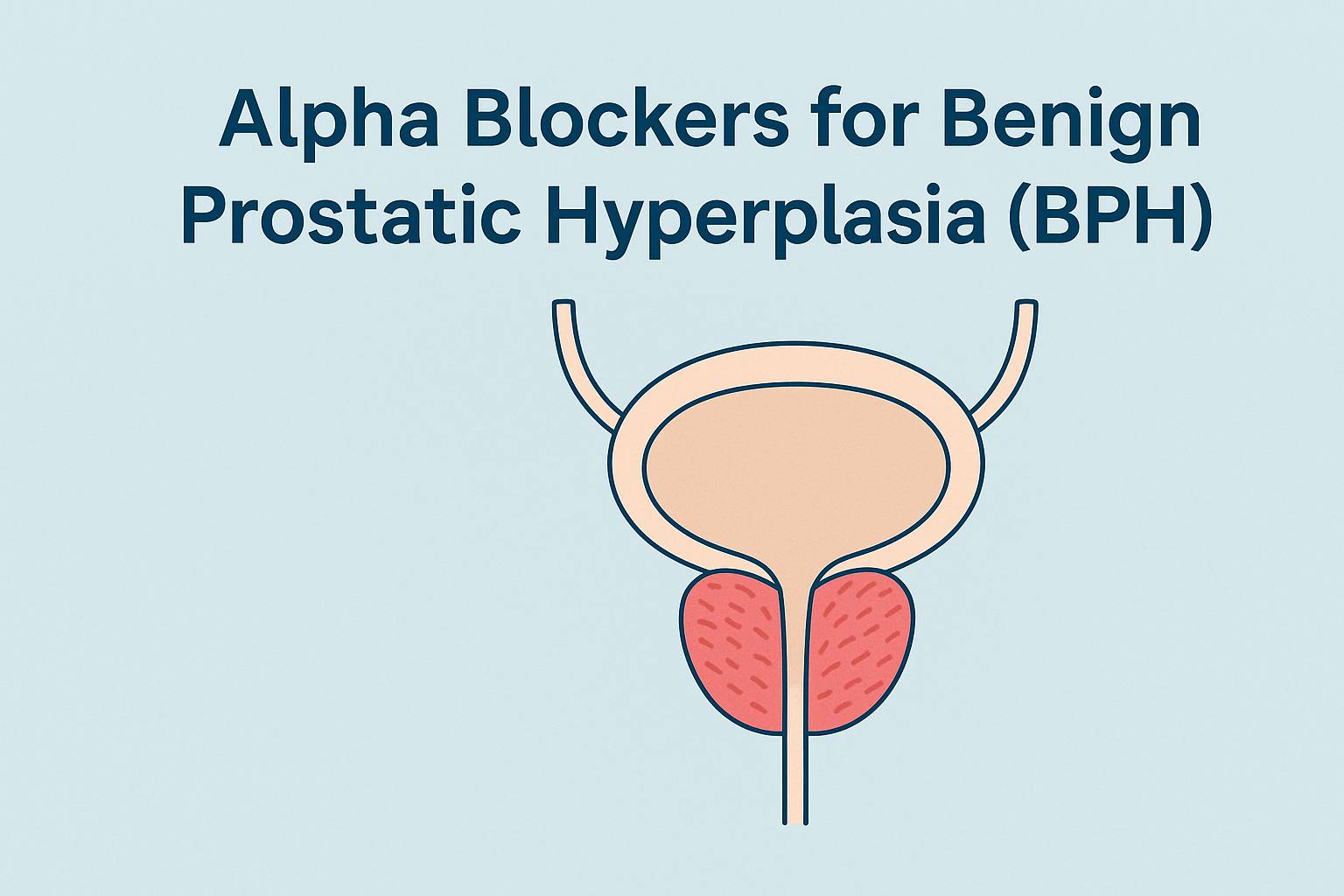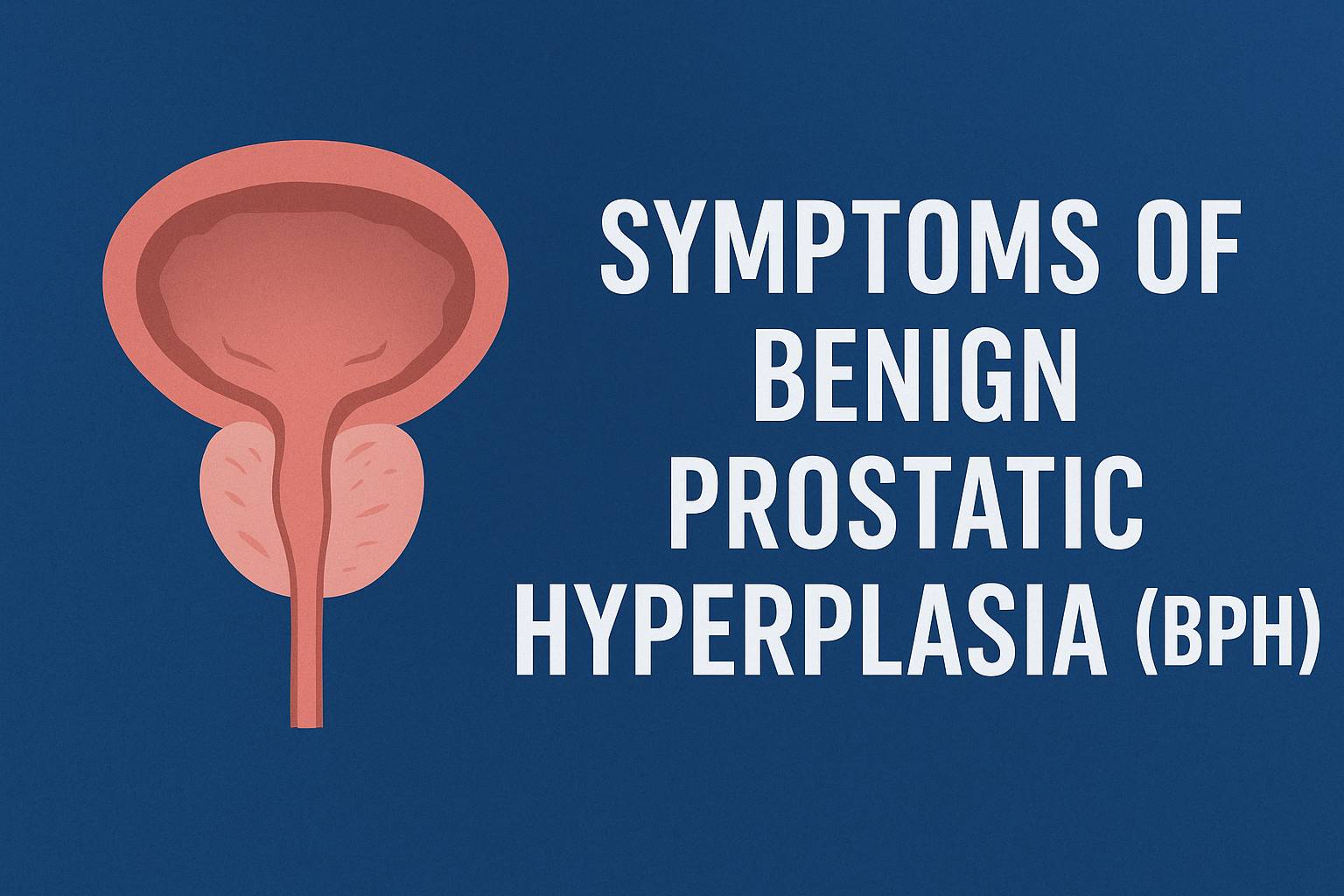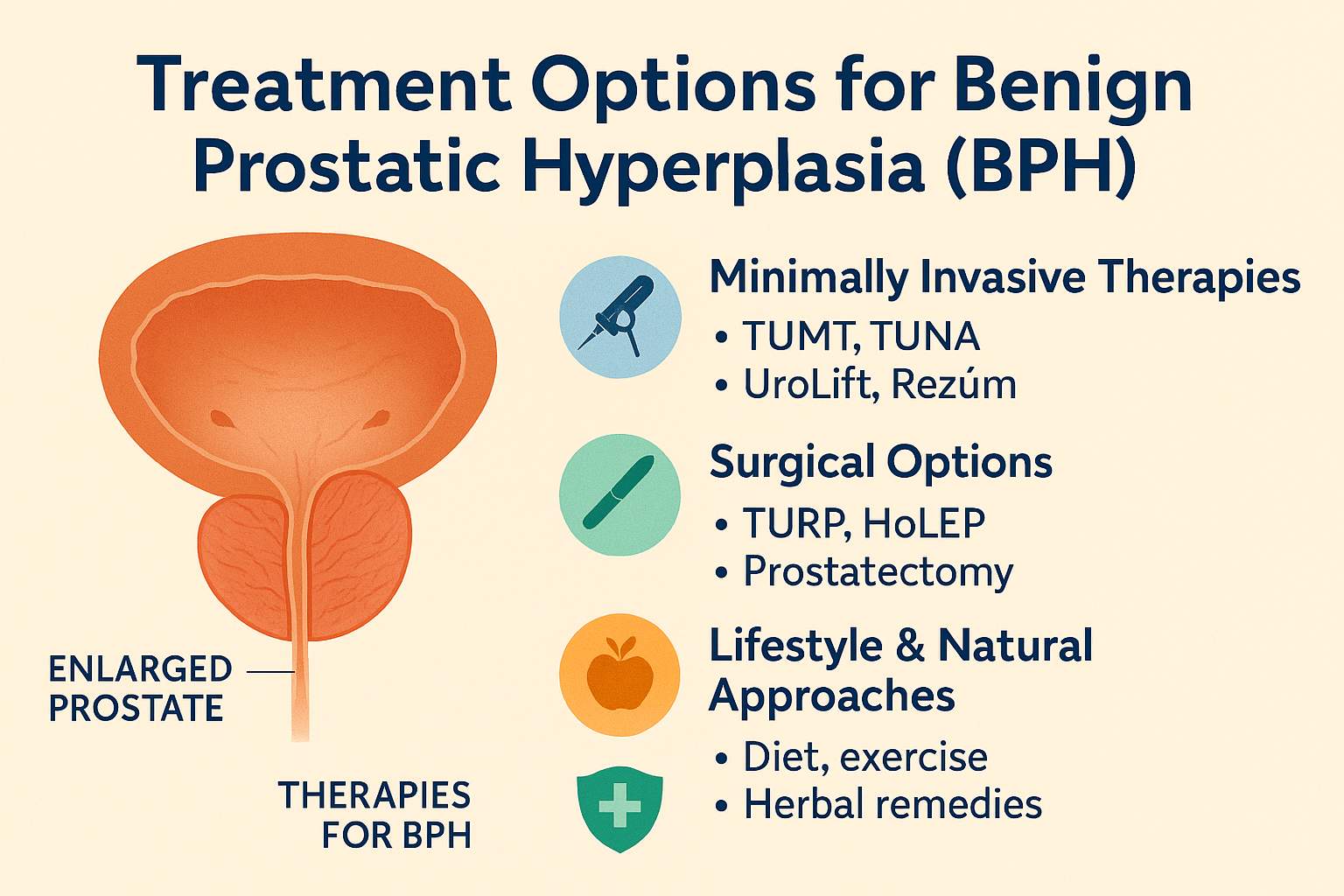
Alpha Blockers for Benign Prostatic Hyperplasia (BPH)
Medically reviewed • Last updated: September 2025
“In my 12 years of medical practice, I have seen many men come to me worried about difficulties with urination caused by an enlarged prostate. Alpha blockers are often the first step in treatment because they quickly relieve symptoms by relaxing the muscles around the prostate and bladder neck. In this guide, I will explain how alpha blockers work, which medications are commonly prescribed, their benefits and side effects, and how doctors decide if they are the right choice for each patient.”
Disclaimer: Educational information only. If urinary symptoms worsen, do not improve with treatment, or are associated with fever, blood in urine, or severe pain — please seek in-person medical care.
Benign prostatic hyperplasia (BPH) is one of the most common conditions men face as they get older. When the prostate grows, it can block the flow of urine and cause frequent trips to the bathroom, weak stream, or difficulty starting urination. Among the available treatments, alpha blockers for benign prostatic hyperplasia are often the first choice. These medications work fast, do not shrink the prostate, but help men feel relief by improving the way urine flows.
The Role of Alpha Blockers in BPH Treatment
Alpha blockers play a central role in treating benign prostatic hyperplasia. They do not shrink the prostate but reduce muscle tension that contributes to urinary problems. For many men, these drugs provide the fastest way to relieve discomfort and improve daily life.
How they help with urinary symptoms
Alpha blockers relax the muscles around the prostate and bladder neck. This makes it easier for urine to pass, reducing problems such as weak stream, urgency, and frequent nighttime urination. Most men notice improvement within a few days, unlike other drugs that may take months to show results.
In daily practice, I often see patients regain confidence quickly once urinary flow improves. Better sleep, fewer interruptions during the day, and less straining at the toilet are the most common changes they report.
When doctors prescribe them instead of other drugs
Doctors usually recommend alpha blockers when urinary symptoms are the main concern and prostate size is less critical. For example, a man with moderate enlargement but severe nighttime urination may benefit more from these drugs than from hormone-based therapy.
They are also chosen when fast relief is needed or if a patient cannot tolerate other medications such as 5-alpha-reductase inhibitors. From my experience, this makes alpha blockers the first-line treatment for many men before surgery or long-term hormonal options are considered.
Mechanism of Action: How These Drugs Work
Alpha blockers target the smooth muscles of the prostate and bladder neck. By reducing muscle tension, they allow urine to flow more freely and ease the pressure that builds up with benign prostatic hyperplasia.
Relaxing prostate and bladder neck muscles
These drugs act on specific receptors in the muscle tissue of the prostate and bladder neck. When those receptors are blocked, the muscles relax instead of tightening. This change reduces resistance around the urethra, the narrow channel through which urine passes.
In clinical practice, I see patients describe the feeling as “less pressure” or “less straining” when they use the toilet. This immediate muscular effect explains why relief comes faster than with other classes of BPH medication.
Improving urine flow and reducing obstruction
With the muscles relaxed, the bladder empties more effectively. Men often notice that the stream becomes stronger, and the sensation of incomplete emptying disappears. The reduction in obstruction prevents the bladder from overworking, which can lower the risk of long-term complications such as urinary retention.
For many, this improvement translates directly into a better quality of life. They can sit through meetings, sleep longer at night, and avoid the constant worry of finding a bathroom quickly.
Timeframe for seeing results
Most alpha blockers begin to work within a few days, and some patients notice changes after the very first doses. This is a major advantage compared with hormone-based drugs, which may take months before producing relief.
Still, the full effect depends on consistent use. I usually advise patients to give the medication at least one to two weeks to see steady improvement, while keeping in close contact with their doctor to adjust the dose if necessary.
Commonly Prescribed Alpha Blocker Medications
Several alpha blockers are available for men with benign prostatic hyperplasia. Each drug works in a similar way but differs in dosing, tolerance, and side effect profile. Doctors select the medication that best matches the patient’s needs and overall health.
Tamsulosin (Flomax)
Tamsulosin is the most commonly prescribed alpha blocker for enlarged prostate. It is highly selective, meaning it targets the receptors in the prostate and bladder neck more than those in blood vessels. This selectivity reduces the risk of side effects like dizziness or low blood pressure.
In practice, patients often start noticing better urine flow within a few days. Many report fewer nighttime trips to the bathroom and less straining during urination. Because tamsulosin has a well-established safety record and is available in generic form, it is usually the first choice for men with BPH symptoms.
Alfuzosin (Uroxatral)
Alfuzosin is another option that improves urinary flow by relaxing the bladder outlet. Unlike tamsulosin, it is considered non-selective, but it is still well tolerated by most patients. Doctors sometimes choose alfuzosin for men who experience sexual side effects on other alpha blockers, since it has a lower risk of causing ejaculation problems.
Patients typically take alfuzosin once daily, which helps with adherence. In my experience, it provides steady symptom relief and is particularly useful in men who also have mild blood pressure concerns, since it may slightly lower blood pressure in addition to easing BPH symptoms.
Doxazosin (Cardura) and Terazosin (Hytrin)
Doxazosin and terazosin are older alpha blockers that relax both the prostate muscles and blood vessels. Because of this, they can lower blood pressure more noticeably than selective drugs such as tamsulosin. Doctors often prescribe them to men who have both BPH symptoms and high blood pressure, making it possible to treat two conditions at once.
In my practice, I remind patients that these medications require slow dose adjustments. Starting too quickly may cause dizziness or fainting, especially when standing up. With careful monitoring, however, doxazosin and terazosin remain effective options for relieving urinary obstruction and improving bladder emptying.
Silodosin (Rapaflo)
Silodosin is a newer alpha blocker designed to act very selectively on the prostate and bladder neck. This strong focus on urinary receptors makes it highly effective in improving flow and reducing urgency. Many patients report rapid and noticeable symptom relief.
The trade-off is a higher chance of experiencing changes in ejaculation, such as reduced semen volume. While not dangerous, this side effect can concern some men. In my experience, silodosin works best for patients who want strong symptom control and can accept this specific drawback.
Benefits of Alpha Blocker Therapy
Alpha blockers remain one of the most practical options for men with benign prostatic hyperplasia. They give fast results, help many avoid surgery, and are accessible in both cost and availability.
Quick symptom relief
Unlike drugs that change hormone levels or shrink the prostate, alpha blockers start working almost immediately. Most men feel improvement within the first week, sometimes even after the first doses. Better urine flow, less urgency, and fewer nighttime trips to the bathroom are the main benefits patients notice.
From my experience, this rapid relief reduces anxiety and improves quality of life. Men often return to normal routines quickly and no longer feel tied to the nearest bathroom.
Non-surgical management option
Many patients want to avoid surgery if possible. Alpha blockers give them a chance to manage symptoms effectively without undergoing an invasive procedure. For men with mild to moderate problems, this approach is often enough to restore daily comfort.
I frequently recommend these medications as a first-line step. If symptoms stay under control, surgery can be postponed or even avoided altogether. This is especially important for older patients or those with medical conditions that make surgery risky.
Widely available and cost-effective
Alpha blockers are available in generic forms around the world. This makes them affordable and easy to access compared with newer or more complex treatments. Insurance plans usually cover them, and pharmacies stock them consistently.
In practice, this availability means patients can start treatment without long delays. Lower cost also improves adherence, since men are more likely to continue therapy when it does not strain their budget.
Side Effects and Safety Considerations
Alpha blockers are generally well tolerated, but like any medication, they can cause side effects. Understanding the possible reactions helps patients use them safely and recognize when to contact a doctor.
Dizziness and low blood pressure
Because alpha blockers relax blood vessels as well as the prostate, some men experience dizziness, especially when standing up quickly. This effect is more common with doxazosin and terazosin than with newer selective drugs.
In practice, I warn patients to rise slowly from sitting or lying positions during the first weeks of treatment. Most men adjust with time, but dose changes or switching drugs may be needed if symptoms persist.
Ejaculation changes and sexual side effects
Certain alpha blockers, particularly tamsulosin and silodosin, can affect ejaculation. Men may notice reduced semen volume or a “dry orgasm,” where little or no fluid is released. While this does not harm sexual function or fertility in most cases, it can be unexpected and troubling for some.
I always explain this possibility in advance so patients do not mistake it for a more serious condition. Most continue therapy once they understand that the effect is reversible if the drug is stopped.
Drug interactions and precautions
Alpha blockers can interact with blood pressure medications, erectile dysfunction drugs, and some antifungal or antibiotic treatments. These combinations may increase the risk of sudden drops in blood pressure or other complications.
That is why I advise patients to share a full list of their medicines with their doctor before starting therapy. Careful selection and monitoring prevent most problems, making alpha blockers a safe choice for many men.
Comparing Alpha Blockers With Other BPH Medications
Doctors often compare alpha blockers with other classes of drugs to find the best fit for each patient. While the goal is always symptom relief, the way these medications work and the time they take to show results differ significantly.
Differences from 5-alpha-reductase inhibitors
5-alpha-reductase inhibitors, such as finasteride and dutasteride, work by shrinking the prostate over months or even years. Alpha blockers, by contrast, do not change prostate size but bring fast relief within days.
In practice, I choose alpha blockers when patients want immediate symptom control. If the prostate is very large, a 5-alpha-reductase inhibitor may be added later to slow progression. The two classes complement each other but serve different purposes.
When combination therapy is recommended
Combination therapy usually includes an alpha blocker for quick relief and a 5-alpha-reductase inhibitor for long-term prostate shrinkage. This approach benefits men with significantly enlarged prostates or severe symptoms.
I often use this strategy when a patient’s symptoms are bothersome now, but I also want to reduce the risk of urinary retention or surgery in the future. The combined effect improves both comfort and long-term outcomes.
Role of PDE-5 inhibitors as alternatives
Phosphodiesterase-5 (PDE-5) inhibitors, such as tadalafil, are sometimes used as alternatives or in combination with alpha blockers. They improve urinary symptoms and also help men who have erectile dysfunction.
For men with both conditions, this dual benefit can make PDE-5 inhibitors an attractive option. In my clinical experience, they are not usually the first choice for BPH alone but work well in carefully selected cases.
Choosing the Right Medication
Selecting the most effective alpha blocker depends on the patient’s overall health, personal preferences, and treatment goals. Doctors weigh several factors before making a final decision.
Factors doctors consider (age, health, severity of symptoms)
Age, existing medical conditions, and the intensity of urinary problems guide the choice of therapy. For example, a younger man with mild symptoms may do well on tamsulosin, while an older patient with high blood pressure might benefit from doxazosin.
In my practice, I always evaluate cardiovascular health, medication history, and the size of the prostate before prescribing. Tailoring the drug to the patient’s profile improves both safety and effectiveness.
Insurance coverage and generic vs. brand names
Most alpha blockers are available in generic forms, which makes them affordable and widely accessible. Insurance companies usually cover these options, reducing the financial burden on patients.
When cost is a concern, I recommend starting with generics, since they are equally effective as branded versions. In rare cases, a patient may tolerate one formulation better than another, and switching can solve the issue.
Monitoring patient response to treatment
Regular follow-up visits are essential to track progress. Doctors assess whether symptoms such as weak stream, urgency, or frequent nighttime urination are improving. Blood pressure checks are also important, especially in the first weeks of therapy.
I encourage my patients to report changes openly, both improvements and side effects. Adjusting the dose or switching to another alpha blocker ensures the treatment continues to provide reliable relief.
FAQ About Alpha Blockers for BPH
Conclusion
Alpha blockers remain one of the most effective first-line therapies for men with benign prostatic hyperplasia. They provide rapid symptom relief, reduce urinary obstruction, and improve quality of life without the need for surgery. While side effects are possible, most can be managed with careful monitoring and communication with your doctor.
“In my clinical practice, I often recommend alpha blockers as the starting point for BPH treatment. For many men, these medications are enough to restore comfort and daily confidence, while also keeping surgical options as a future possibility if needed.” — Dr. Emily Hart, MD
Disclaimer: This article is for educational purposes only and does not replace professional medical advice. If you experience worsening urinary symptoms, blood in urine, or severe pain, seek medical care promptly.

